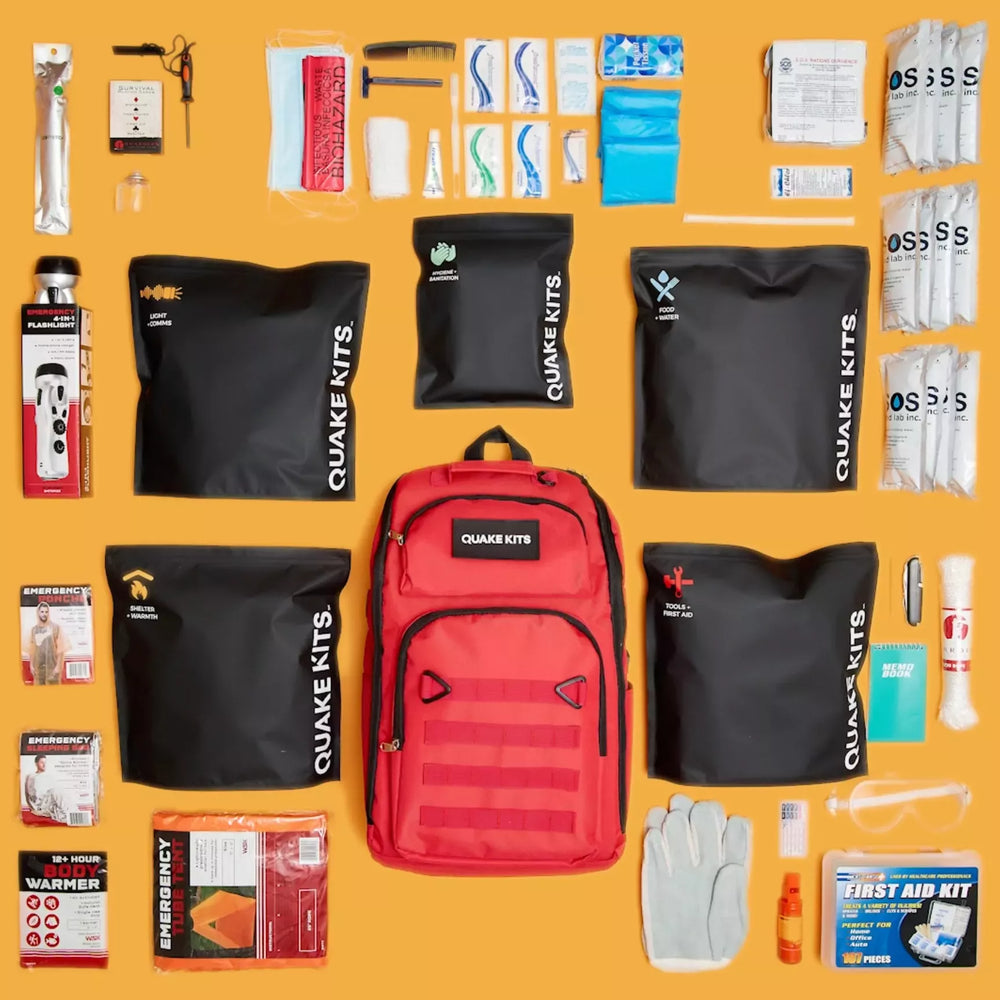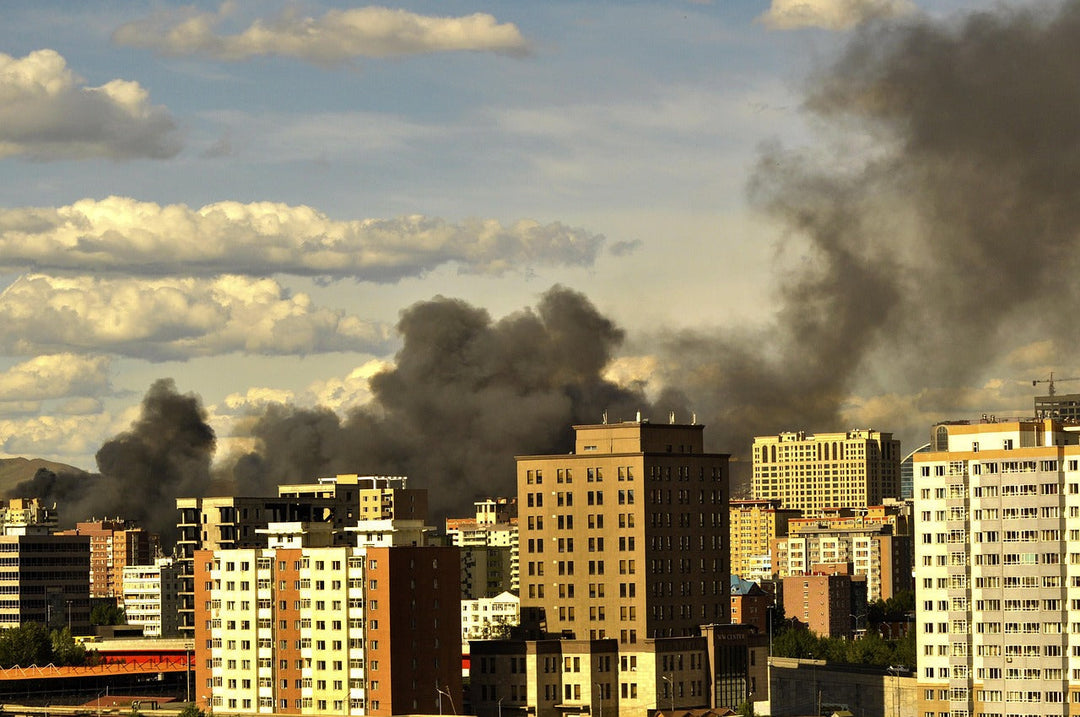Staying Warm Without Power: Essential Tips for Surviving Cold Weather
Staying Warm Without Power: Essential Tips for Surviving Cold Weather
When winter storms knock out power, staying warm becomes a priority, especially in freezing temperatures. Preparing a few basic supplies and knowing some key techniques can help you stay safe and comfortable until the power is restored. Below, we’ll outline effective strategies and simple actions to maintain warmth in your home.
Essential Gear for Staying Warm Without Power
Before diving into the techniques, here are some critical items to keep on hand to help insulate your home and body:
- Heavy Blankets or Sleeping Bags: Opt for thick, thermal blankets and sleeping bags rated for low temperatures. Down and wool materials provide excellent insulation. Mylar blankets and sleeping bags can reflect up to 90% of body heat and are perfect for keeping warm in a pinch.
- Portable Propane Heater (Indoor-Safe): Look for heaters specifically designed for indoor use and always follow safety instructions carefully to avoid carbon monoxide buildup.
- Hand/Body Warmers: These are compact, disposable heating packs that can be placed in pockets, gloves, or even in between blankets to add a layer of warmth. Every QK Survival Kit comes with body warmers and other essentials for keeping warm.
- Thermal or Wool Clothing: Layers of thermal, wool, or fleece clothing provide essential insulation. Avoid cotton as it retains moisture and can actually make you feel colder.
Techniques to Stay Warm Indoors
-
Create a Warm Room
- Select one room to serve as your primary living and sleeping area. Preferably, choose a smaller room with fewer windows or doors to conserve heat.
- Use blankets, towels, or even furniture to block off doorways and windows, creating a more insulated space. Close doors and vents in unused rooms to focus warmth in one area.
-
Layer Up
- Wear multiple layers of clothing, starting with a moisture-wicking base layer to prevent sweat from cooling your skin. Add insulating layers (such as wool sweaters) and finish with a water-resistant outer layer if needed.
- Don't forget to layer socks, hats, and gloves—heat escapes easily from your head, hands, and feet, so keeping them warm is key.
-
Insulate Windows and Doors
- Use heavy blankets, bubble wrap, or plastic sheeting to cover windows, reducing heat loss. If you don’t have these, try layering towels or sheets.
- Seal cracks around doors and windows with duct tape or towels to prevent drafts.
-
Use Your Body Heat
- If you’re with family or friends, sit close together to share body heat. Consider using large, shared blankets or sleeping bags for added warmth.
- Pets can be great for warmth, too! Their body heat can provide comfort in chilly conditions. If you manage to keep your cat content in a mylar blanket please let us know your secret!
-
Stay Active
- Perform light exercises such as jumping jacks or stretching to boost circulation and body heat. Be careful not to overexert yourself as this can lead to sweating, which will make you feel colder in the long run.
-
Cook or Boil Water for Extra Heat (If Safe)
- If you have a gas stove or portable camp stove (and it’s safe to use indoors), cook a meal or boil water to generate warmth.
- Pour hot water into a thermos, or hot water bottle to create a portable heat source. Wrap it in a towel or cloth and place it under blankets.
Avoiding Common Risks
Staying warm is vital, but it’s equally important to do so safely. Here are some precautions to keep in mind:
- Ventilation: If you’re using any propane heaters, camp stoves, or candles, ensure the room is well-ventilated to avoid the buildup of carbon monoxide.
- Avoid Open Flames: Candles can be dangerous, especially if left unattended or used near flammable materials. Keep all open flames monitored at all times.
- Hydration: Cold weather can dehydrate you faster than you might expect. Be sure to drink plenty of fluids, preferably warm ones like tea or soup.
TL;DR
Power outages in winter can be challenging, but by creating a designated warm space, layering up, blocking drafts, and following safe heating practices, you can maintain warmth and comfort. Stock up on essential items like heavy blankets, hand warmers, mylar blankets and wool clothing, and always prioritize safety by avoiding open flames and ensuring ventilation when using heaters. Remember, staying calm, well-prepared, and resourceful will go a long way in making it through those cold, dark nights until the power is back on.






Leave a comment